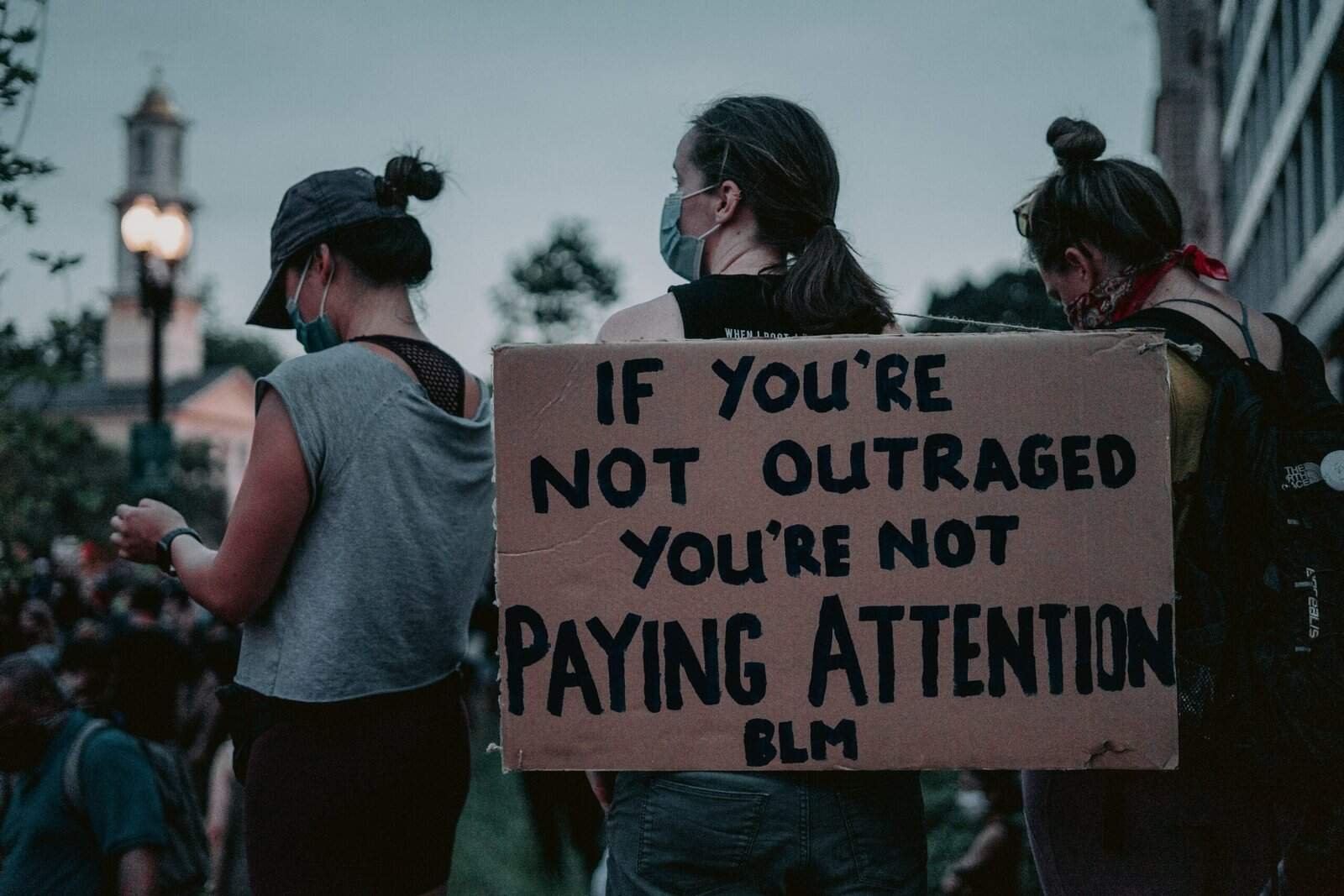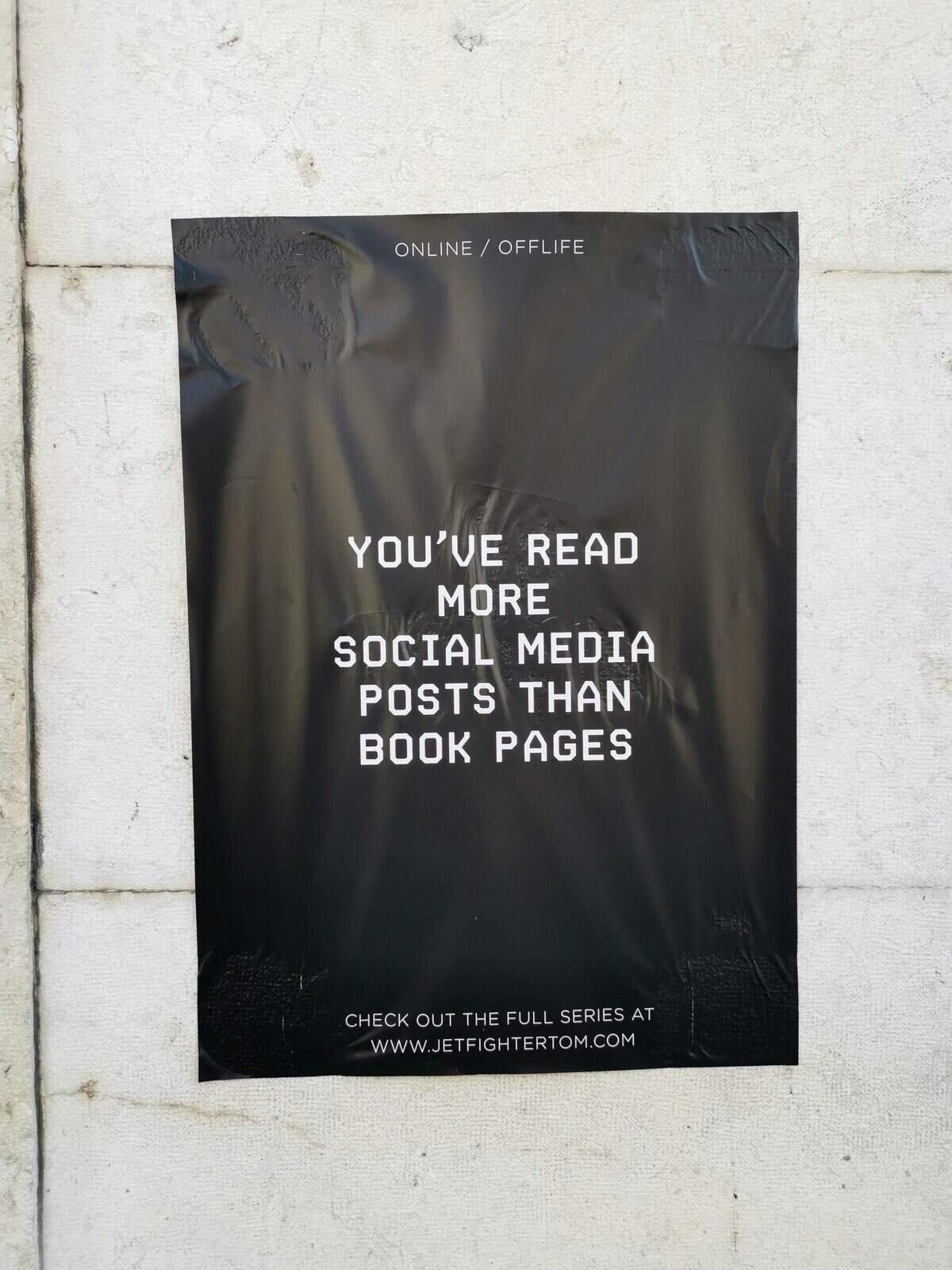Have you ever wondered how Twitter impacts the opinions and perceptions surrounding the NBA? When it comes to basketball, especially critical in-game moments and controversial calls, the conversation extends far beyond the court. Thanks to platforms like Twitter, players, fans, and analysts voice their thoughts in real-time, shaping the narrative almost instantaneously. This creates a dynamic and ever-evolving dialogue, especially during the intense moments of the basketball season.

The Role of Social Media in Modern Sports
In today’s sports landscape, social media platforms play an essential role in how games and controversies are perceived. Twitter, in particular, is a hub for immediate reaction and dialogue. The world of basketball is no exception. From sharing highlights to expressing frustration over calls, fans and players alike take to Twitter to voice their opinions and concerns.
Instant Reactions
Twitter has enabled a new dimension of connectivity among fans and players. Moments after a controversial call is made in an NBA game, you can witness a stream of reactions cascading down your timeline. Quotes, videos, and memes emerge as various stakeholders weigh in on the play’s correctness. This immediate interaction adds a layer of excitement and engagement for everyone involved, ensuring that the conversation doesn’t stop with the final whistle.
Amplifying Player Voices
NBA players utilize Twitter to emphasize their perspectives, share highlights, and interact with fans. This direct communication channel has democratized the way basketball stories unfold, often bypassing traditional media outlets. Players can clear up misunderstandings, express support for their teammates, or simply share personal anecdotes about the game.
Twitter’s Reaction to the NBA Preseason
As the NBA preseason unfolds, Twitter is abuzz with rumors, predictions, and early reactions, setting the stage for what promises to be a thrilling season. Players like Paul George, Devin Booker, Joel Embiid, Trae Young, Jrue Holiday, and James Harden are central figures in this conversation, given their influence and reputation in the league.
Player Interactions and Overhyped Teams
The preseason often sees a mix of speculation about player trades and teams that could be overhyped for the upcoming season. Fans are quick to share their insights and sometimes, frustrations, about player performances and potential. You’re left wondering if the predictions are based on solid analysis or mere speculation.
Trade Speculations
Twitter is ripe with rumors about potential trades as fans speculate which teams will gain formidable players and which might lose their stars. For example, discussions around James Harden’s potential moves or Jrue Holiday’s impact on his current team ignite passionate debates. Users analyze cap space, player fit, and even locker room dynamics.
Here’s a brief look at trade speculations:
| Player | Potential Move | Twitter’s Take |
|---|---|---|
| James Harden | Possible team switch to Clippers | Mixed reactions; fans divided on fit |
| Jrue Holiday | Staying or leaving? | Speculations on his defensive impact |
Notable Player Comments:
Players themselves often weigh in, either by cryptically hinting at futures or directly commenting on rumors. Paul George once tweeted, “Patience is key,” in response to trade talks involving him. This sort of communication raises anticipation, leaving you speculating about deeper meanings.
Controversial Calls and Player Reactions
Controversial calls during games often reignite the debate over officiating standards. Players, more than anyone else, have a vested interest in fair play. Their reactions on Twitter can sometimes lead to trending hashtags and full-blown debates.
High-Profile Calls and Discussion
When a controversial call is made, the immediate reactions on Twitter add to their gravity. A recent example involved Joel Embiid, whose performance was affected by a whistle in a close game. His tweet “Refs need glasses” sparked a conversation that included video replays and fans sharing their takes on the call’s validity.
Leveraging Video Highlights
Videos and GIFs play a crucial role in these discussions. They allow you to see different angles of a play and arrive at your judgment. This feature isn’t lost on players, who sometimes share clips to support their claims.
NBA’s Response to Social Media Buzz
The NBA has become increasingly aware of the dialogues generated on social media platforms like Twitter. Incorporating this feedback is often a balancing act between maintaining traditional views and embracing modern fan interactions.
Embracing Changes
In recent years, the league has been more receptive to feedback from social media. Initiatives such as fan votes for All-Star games and interactive Q&As are examples of how the NBA merges fan opinions into its strategies.
Impact on Officiating
Twitter feedback can lead to official reviews and sometimes, changes in referee development programs. Although not immediate, the NBA occasionally revises rules or interpretations based on widespread social media feedback.

Bridging the Gap Between Fans and Players
The interaction on Twitter fosters a community that’s closer knit than traditional boundaries allowed. The direct lines of communication make you feel more involved with the game and its players. When Trae Young replies to a fan, or Devin Booker acknowledges a cool highlight, it creates genuine engagement and makes the NBA feel personal.
Building a Friendly Dynamic
Players often address fans in a friendly and relatable manner. This openness makes social media a platform that brings both fans and players into a shared space. The dialogue does not stop with just a friendly reply; sometimes, it leads to larger conversations about the sport and its aspects.
Open for Analysis
The multiple facets of Twitter—from meme culture to serious discussions—open up the floor for countless analyses. Fans love comparing stats, viewing players’ past performances, and speculating future outcomes.
The Future of Social Media Dialogues in Sports
Social media’s role in sports, particularly platforms like Twitter, is only expected to grow. As the conversations evolve, the impact will likely change how fans, players, and even the NBA itself engage with games.
Innovations in Interactivity
Looking ahead, fans will potentially experience even more interactive options. Perhaps augmented reality, where tweets are superimposed on live streams, or personalized highlights shared directly with fan accounts. This engagement would elevate your interaction with the game to another level.
Player Brand Building
For players, their social media presence is becoming a crucial aspect of their brand. With increased endorsements and collaborations happening in this space, their online interactions can have significant ramifications. Your favorite player’s Twitter feed might be as crucial as their game stats in shaping public perception.

Conclusion
The impact of Twitter on NBA reactions, particularly around controversial calls, cannot be overstated. With players like Paul George, Devin Booker, Joel Embiid, Trae Young, Jrue Holiday, and James Harden participating in the dialogue, Twitter becomes more than a social media platform. It is a crucial space for influence, conversation, and perhaps, even change.
So next time you see a controversial call or exciting performance, you’ll know Twitter is the place where the next conversation will ignite, led by the voices of players and fans alike. What’s your take on how players are using Twitter? Join the conversation and see where it takes you!
